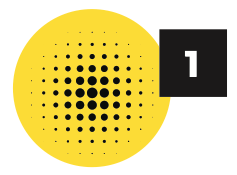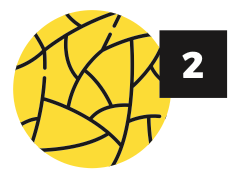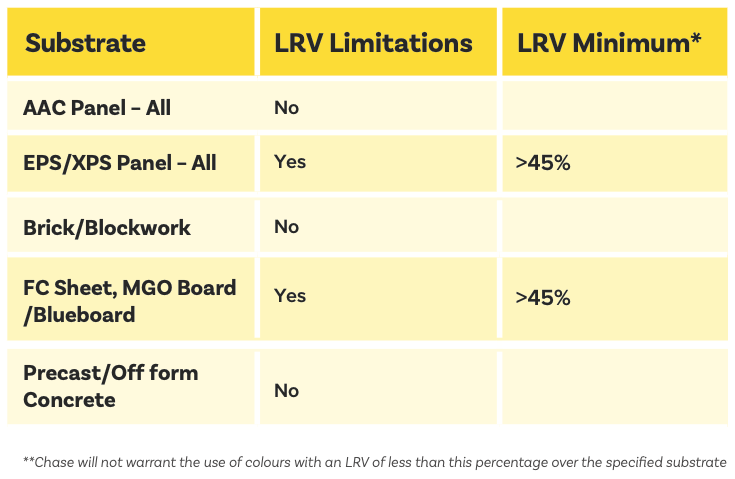LIGHT REFLECTANCE VALUE
All things being equal the wall with the 0% LRV will absorb far more light (and therefore heat) than the wall with 100% LRV.
This can present 2 main problems with your rendered finish.
All things being equal the wall with the 0% LRV will absorb far more light (and therefore heat) than the wall with 100% LRV.
This can present 2 main problems with your rendered finish.

Colour fading: Deeper colours, i.e., those below 45% LRV, absorb more heat and UV radiation which places significant stress on the pigments in the coating that may result in premature degradation (fading) of the colour.

Cracking or break down of the rendered surface due to
increased heat absorption on movement prone substrata, explained in further detail below.


All substrates react differently when subjected to heat. Every substrate expands and contracts with heat variations. Typically, substrates with a large thermal mass. E.g., solid concrete, brick and blockwork can absorb a large amount of heat without significant movement. Other substrates like EPS, FC sheet, and other light weight cladding products experience far more expansion and contraction due to thermal changes. This can result in cracking or damage to the rendered surface over time.
To ensure the longevity of your system along with keeping your warranty please ensure you follow the following LRV limits for each common substrate.